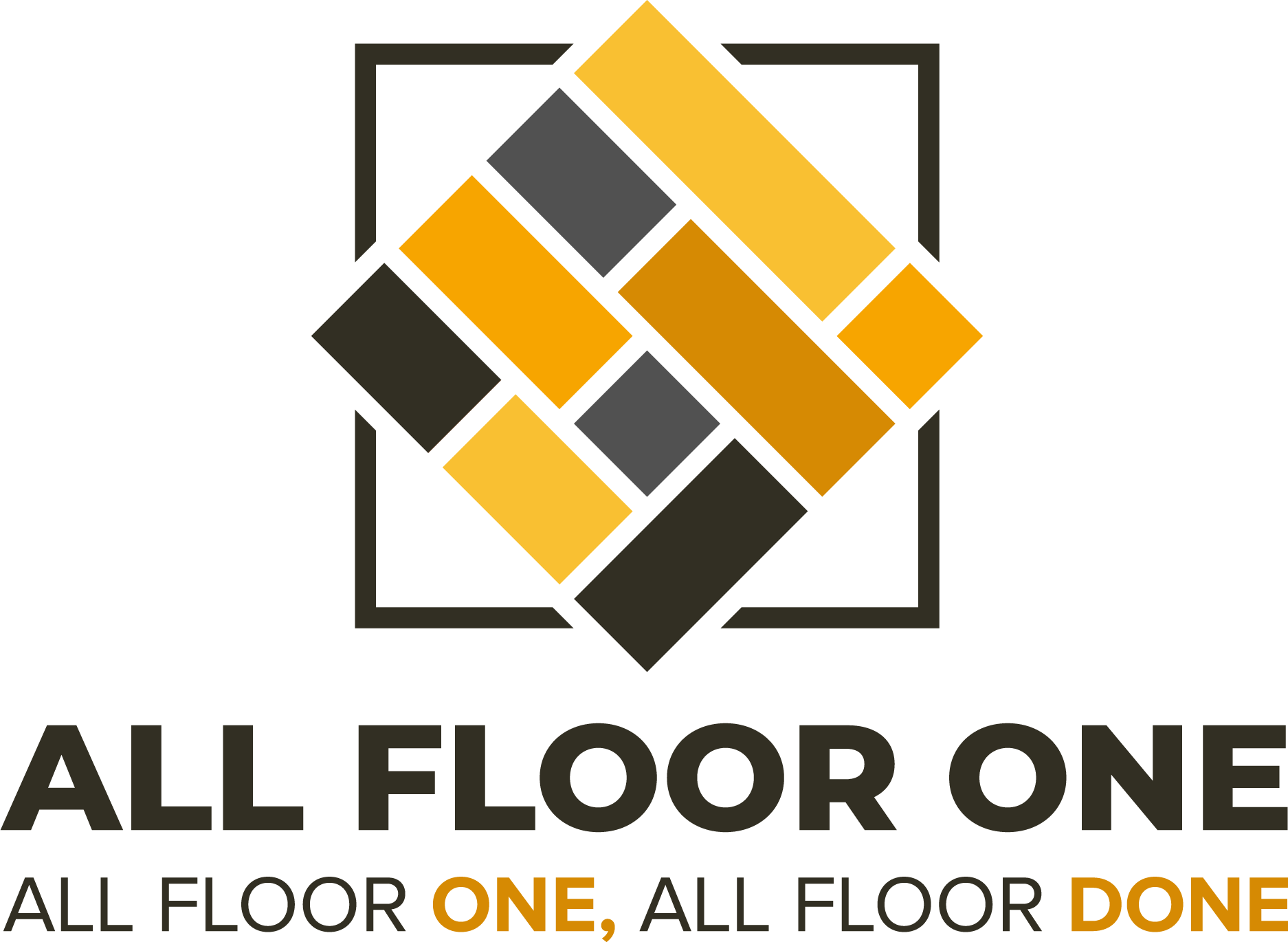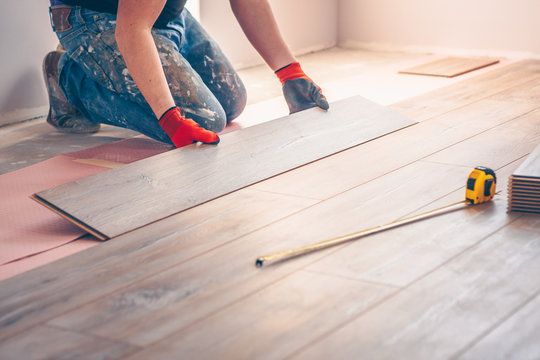When choosing flooring for your home, two popular options often come up: laminate flooring and engineered hardwood. Both provide a beautiful, versatile appearance and offer certain benefits over traditional solid hardwood, but they’re suited to different needs and tastes. This blog will help you understand the key differences between the two, covering aspects like durability, cost, appearance, maintenance, and installation.
---
What is Laminate Flooring?
Laminate flooring is a synthetic, layered product that mimics the appearance of natural wood, stone, or other materials. It’s created by bonding multiple layers, with a core layer of fiberboard and a photographic image layer topped with a durable, clear protective coating.
What is Engineered Hardwood?
Engineered hardwood is a real wood product made from layers of hardwood and plywood, with the top layer being a thin veneer of genuine wood. This construction offers the look and feel of solid hardwood but with added durability and moisture resistance.
Key Differences: Laminate vs. Engineered Hardwood
1. Appearance and Texture
Laminate Flooring: Laminate can imitate a variety of materials, including wood, stone, and tile. However, it often lacks the authentic texture of real wood, and while high-quality laminate can look close to the real thing, it doesn’t quite match the natural variation and warmth.
Engineered Hardwood: Since the top layer of engineered hardwood is real wood, it gives an authentic, natural look that’s virtually indistinguishable from solid hardwood. The texture and grain are genuine, giving it a luxurious feel that laminate can’t fully replicate.
2. Durability and Scratch Resistance
Laminate Flooring: Laminate is highly resistant to scratches and dents, thanks to its durable top layer. It’s an excellent choice for high-traffic areas or homes with pets and kids. However, it may chip if a heavy object is dropped on it, and once it’s damaged, repairs can be difficult, but not impossible.
Engineered Hardwood: While engineered hardwood is more durable than solid hardwood due to its layered construction, it’s still more susceptible to scratches and dents compared to laminate. However, scratches are usually superficial and a touch up stain pen can remove most. It can also be refinished, which extends its life.

